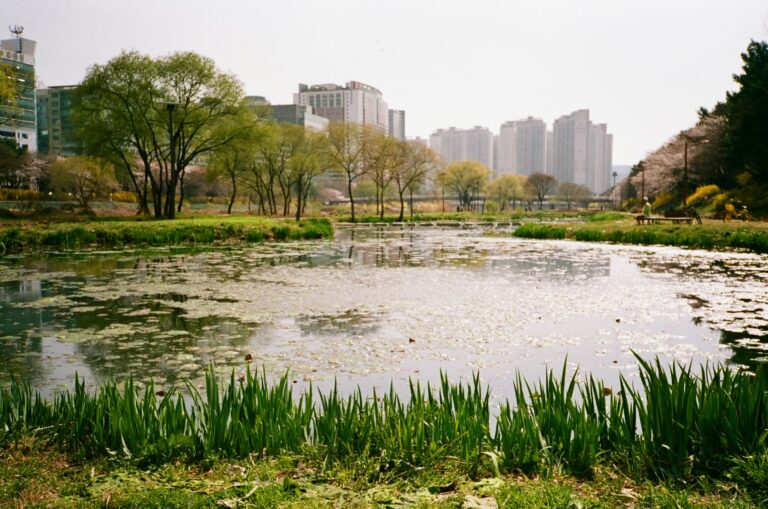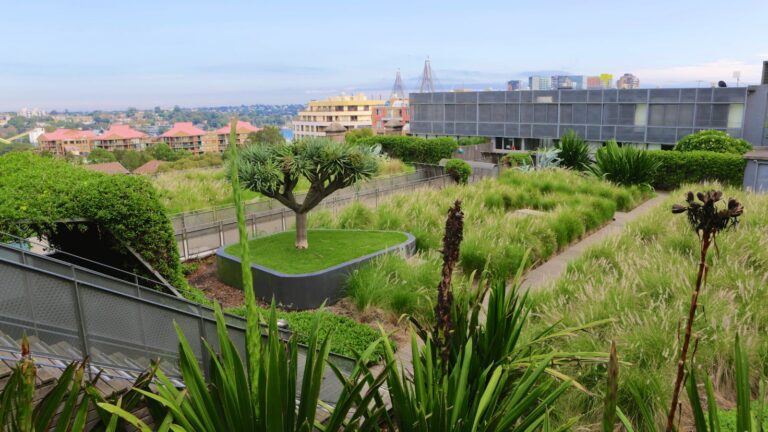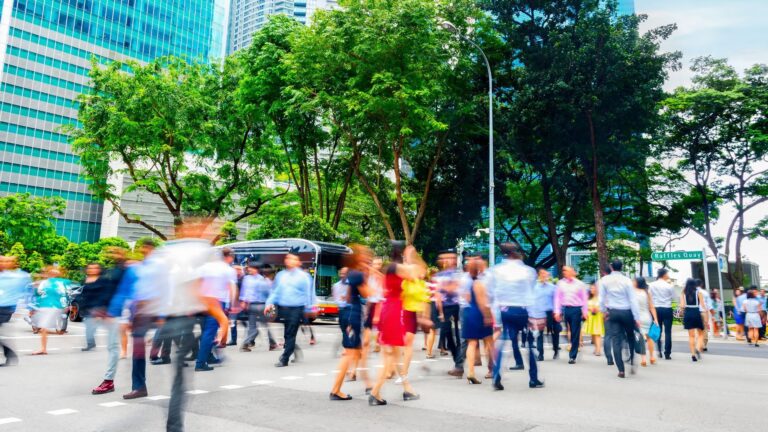Learning to live with water scarcity
Ingrid Coetzee, Director of Biodiversity, Nature and Health for ICLEI Africa, recently shared her expertise with the international broadcaster Deutsche Welle (DW). Coetzee also spoke at and led several discussions on nature-based solutions at the recent ICLEI World Congress 2021 – 2022 in Malmö, Sweden, including a panel on Planning healthy cities: Planetary and human perspectives in urban design, which emphasized the One Health approach for people, animals, and planet. The following is a reprint of the DW story and photos.
—
Article by Martin Kuebler
Main photo: Bangalore, which struggles with water pollution and inefficient plumbing, loses over half of its drinking water to waste.
Regions around the world are facing drought and water shortage, even where rain was once abundant — and that will only worsen as the planet warms. In many parts of the world, cities and countries are learning to adapt.
Back in 2018, taps in Cape Town, South Africa, almost ran dry, making it the world’s first major city to face the risk of running out of water. That problem hasn’t gone away — this year, communities in Nelson Mandela Bay, about 750 kilometers (460 miles) to the east, could see their reservoirs used up by July.
Cape Town managed to avoid “Day Zero” by introducing strict water restrictions on businesses and residents. The city increased water tariffs and fines for overuse and worked with the agriculture sector to reduce water consumption and retain soil moisture.
Toward the end, residents were limited to just 50 liters (around 13 gallons) a day. To put that in perspective, one load of laundry can use up to around 70 liters, depending on the machine.

Ingrid Coetzee, a Cape Town-based expert on biodiversity, nature and health, lived through that time.
“I remember how hard it was having to live with those severe restrictions, in terms of cutting back on our daily water limits,” she told DW by phone.
She said an extensive public awareness campaign asked people to cut back or eliminate water-guzzling activities like washing clothes or cars, and advised them to take shorter showers — and reuse that shower water to flush the toilet.
“Many homeowners, especially those who could afford it, would install rainwater harvesting tanks, but the reality is that the majority of people didn’t have those luxuries and they really struggled,” she said.
Looking to nature for solutions to water shortages
Since the drought, Coetzee said the city also found ways to increase water supply by working with public agencies, private companies and local communities to restore surface water catchment areas and aquifers.
“A nature-based solution, in the form of removing invasive alien vegetation in the city’s catchment areas, and restoring these areas, proved to be the most cost-effective and efficient measure with the best yields,” said Coetzee, the director of Biodiversity, Nature and Health at the Africa Secretariat of ICLEI.

Invasive species like pine and eucalyptus soak up much more water than the native fynbos shrub and restrict the city’s water supply.
“Efforts so far have yielded 55 billion liters of additional water each year at one-tenth of the cost of the next cheapest option for that level of yield,” Coetzee told DW.
This solution, along with the return of the rain and the conservation measures learned during the 2018 crisis, have helped refill the city’s dams and significantly ease water concerns — at least for the now.
Plugging leaks and raising awareness to stem water loss

Many other cities around the world have invested in efficiency measures to help conserve water. The Japanese capital of Tokyo, for example, has upgraded its infrastructure and relied on the prompt detection and repair of leaks to cut its water waste in half from 2002 to 2012, down to just 3%.
In places where the supply is already under threat due to climate change, such efforts are even more critical. Like many Californians, 3.3 million residents in San Diego County on the southern US border with Mexico, have faced several severe droughts over the last 20 years.

But thanks to water restrictions, public education and investments to increase reservoir capacity and line canals with concrete to prevent seepage, the county has reduced per capita water usage by nearly 50% over the past three decades.
Along with technological solutions like desalination plants, which remove salt from ocean water to make it drinkable, and future plans to purify used water, or gray water, the county has said it will be able to meet local demand until at least 2045.
Recycling water in Africa and Europe
Arid Namibia is a veteran when it comes to finding alternative water sources. The capital, Windhoek, installed the world’s first water recycling plant in 1968, turning sewage into safe drinking water in a 10-step process involving disinfection and several layers of filtration. The Gorengab Water Reclamation Plant was upgraded in 2002 and continues to deliver a reliable water supply.

Water recycling and desalination are already common in dry climates like the Middle East, the Mediterranean and South Asia. But not so in Northern Europe, where countries haven’t really had to worry about their water supplies until now.
Belgium and the Netherlands are looking at projects in Antwerp and The Hague that would create drinkable water from unconventional sources — at least by local standards. A plant in the port of Antwerp, set to open in 2024, would treat saltwater and, eventually, wastewater, for use in nearby industrial sites. By reducing the port’s use of fresh drinking water by around 95%, it hopes to ease the pressure on the region’s water supply after years of drought-like conditions.

In The Hague, water provider Dunea has launched a pilot project to treat brackish water pumped up from beneath coastal sand dunes. Reverse osmosis, which uses high pressure and very fine membranes to filter out salt and other minerals, could help Dunea produce up to 6 billion liters (1.5 billion gallons) of drinking water every year. It sounds like a lot — but in 2019, the Netherlands used up around 1.2 trillion liters.
“We’re aiming to increase the number of water sources, but also to limit demand,” said Dunea project leader Gertjan Zwolsman at the launch in February. “For example, we support water-efficient new buildings and ask our customers to use water responsibly. But this approach takes time.”

Turning to the past for water solutions
Sometimes, though, the simplest solution is best. Last year, Istanbul took an idea from the era of Byzantium and the Ottoman Empire and made it compulsory for all new buildings on parcels of land over 1,000 square meters (10,760 square feet) to include underground cisterns to collect and use rainwater. Turkey’s federal government has mandated similar plans for the rest of the country.

To counter desertification in Senegal, some farmers have been planting circular gardens known as tolou keur, which support plants and trees resistant to hot, dry climates. The circular beds — medicinal plants in the middle, followed by rows of vegetables and an outer ring of fruit, nut and large baobab trees — allow the roots to grow inward, helping to trap the region’s rare downpours.
And in countries like Chile and Morocco, locals have long spread nets to harvest water by capturing fog. By using modern technology and materials to improve the design, researchers have been able to collect five times as much water for otherwise parched regions.
DW article edited by Jennifer Collins.







